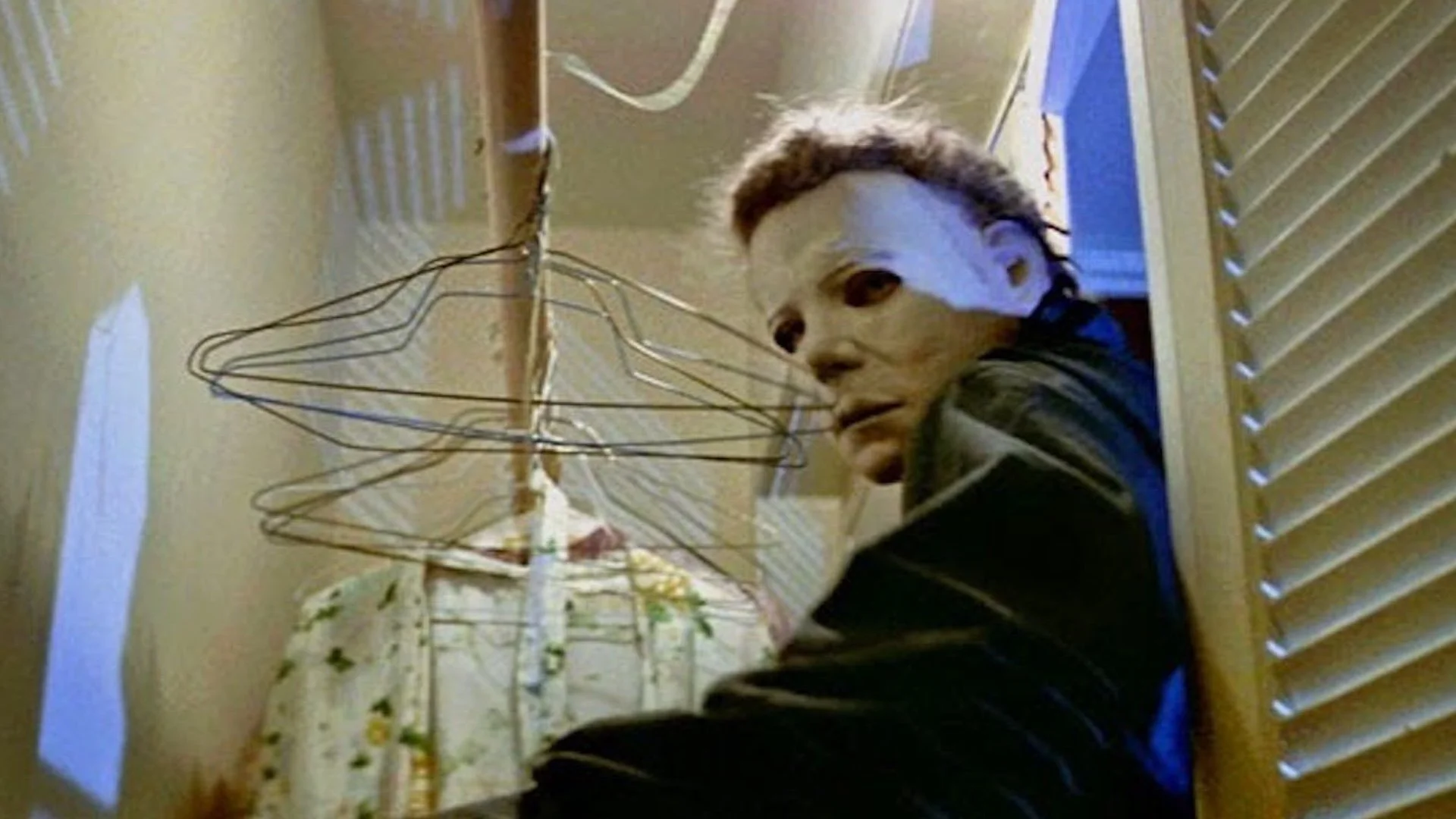"Now It’s Time to Stab the Son of a Bitch!” - John Carpenter’s Wild Directing Style on HALLOWEEN
When people talk about Halloween (1978), the conversation usually centers on Michael Myers, that haunting piano score, or Jamie Lee Curtis stepping into the role of Laurie Strode and becoming a horror legend.
But what really gave the film its pulse was John Carpenter and his wild and unconventional approach to directing. He wasn’t just calling the shots behind the camera, he was right there in the middle of the action, often quite literally.
The story of how Carpenter worked on Halloween is filled with moments that show just how hands-on he was. The film was shot on a shoestring budget of around $300,000, which meant everyone had to do a little bit of everything.
Carpenter wasn’t just the director. He wrote the screenplay with Debra Hill, composed the score, and even handled the camera for key moments of terror.
Caprpenter remembered one of those moments, saying in an oral history of the film:
“I was in the closet with Jamie and I believe I was holding a camera. I was directing her, and I tended in those days to direct verbally – out loud. I think I said something like, ‘Now it’s time to stab the son of a bitch.’
“And she said, ‘Can you please not say that? I’m gonna laugh.’ So I shut up. I [actually] didn’t say, ‘son of a bitch’ – I said other things that I can’t say on camera.”
Carpenter clearly wasn’t a distant director giving quiet cues from a chair. He was immersed in the scene, pushing his actors, camera, and crew to create something that felt raw and immediate. His energy set the tone on set and brought intensity to every frame of the movie.
Curtis has often said that the experience of making Halloween was fast and relentless. “Right away we were working. There was no gentle entry.”
Carpenter’s pace and enthusiasm drove the young cast and crew to stay sharp. Every moment mattered, and that urgency is part of what gives Halloween its heartbeat.
Carpenter’s wild but focused directing style also came from necessity. With such a small budget, he couldn’t rely on big effects or elaborate sets. Instead, he used the camera as his weapon.
He framed shots from Michael Myers’ point of view, building dread through what audiences couldn’t see as much as what they could. His direction was about simplicity and precision, and it’s that stripped-down style that has made the movie timeless.
Behind all the chaos and long shooting days, Carpenter’s ability to blend creativity with control made Halloween something special. His verbal cues, fast shooting schedule, and DIY approach might sound chaotic, but it created an atmosphere of pure tension that translated perfectly to the screen.
Carpenter later admitted that during production, he wasn’t confident the movie would work. “My god, this is a disaster,” he thought. Early reviews were harsh, but once audiences discovered the movie, it spread like wildfire. “Halloween was a word-of-mouth movie. That’s why it worked.”
In the end, Carpenter’s unique directing style became a huge part of Halloween’s legacy. His hands-on, anything-goes attitude gave the film an energy that no amount of money could buy. The result was a horror classic that continues to influence filmmakers all these years later.
Source: Rotten Tomatoes
